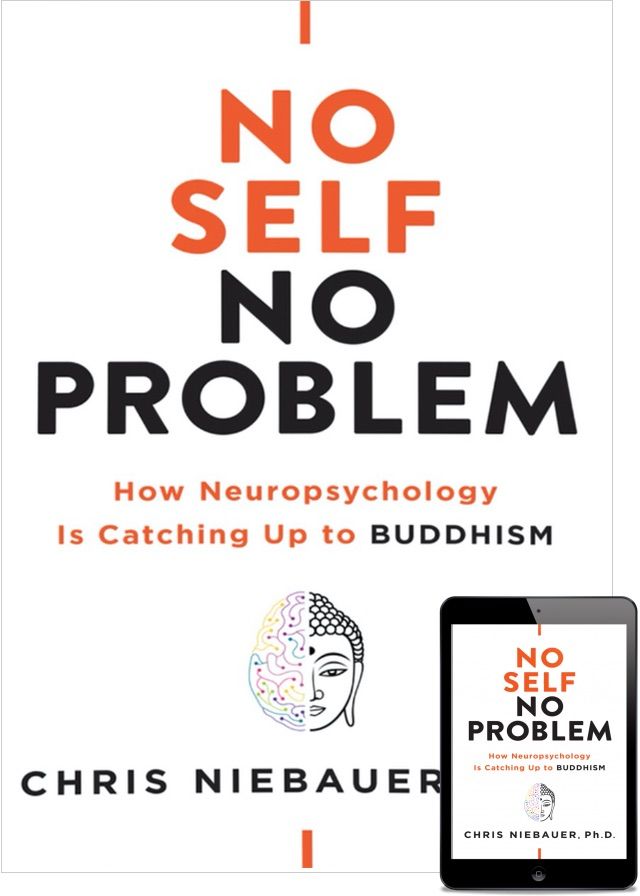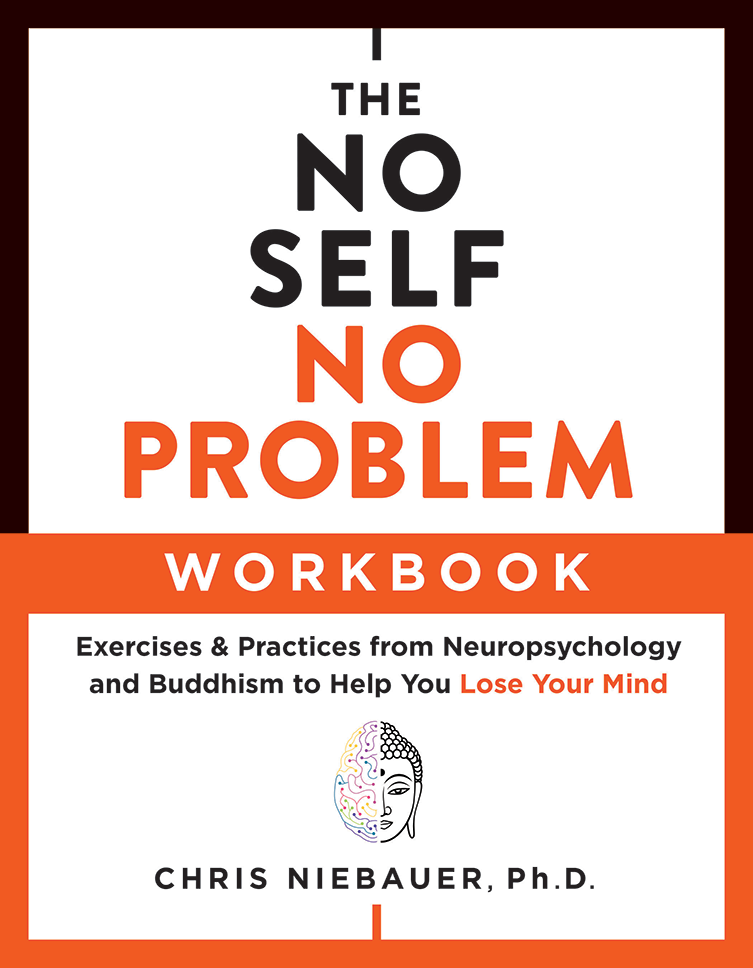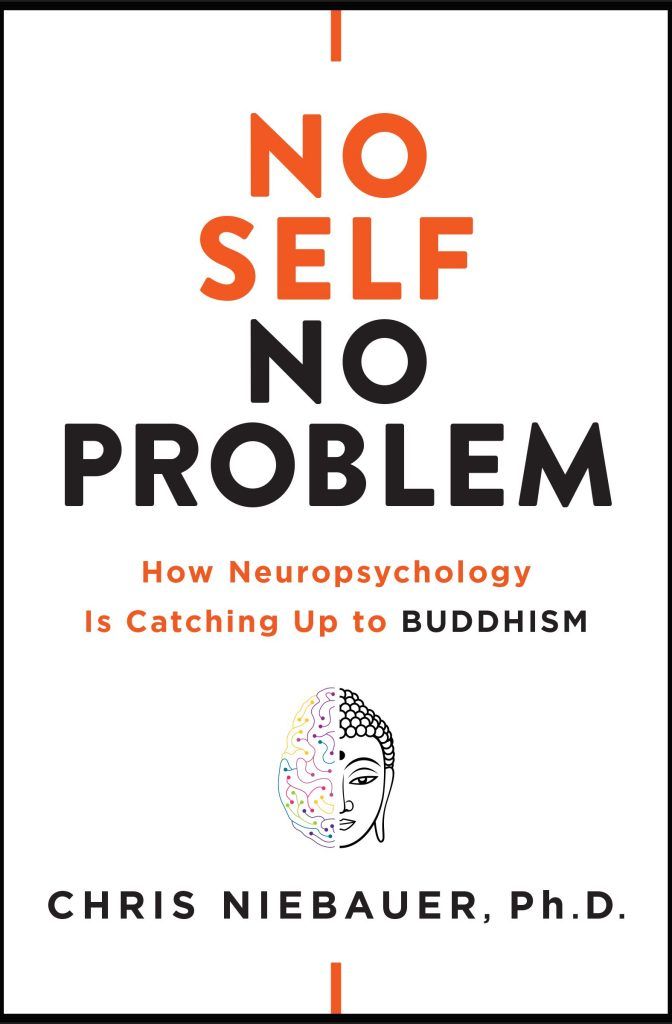
Is the self a fiction?
Who are we? Why are we here? What does it mean to be human?
Humans have grappled with these questions since time immemorial. Philosophers, spiritual leaders, scientists, and artists have all weighed in on them. In Western philosophy, the best answer to the question of who we are is that thinking is the defining characteristic of humanity. There is no more concise example of this than philosopher René Descartes’ famous statement cogito, ergo sum, or, “I think, therefore I am.”
This reverence for thinking is in stark contrast to the tenets of Eastern philosophy found in traditions such as Buddhism, Taoism, and certain schools of Hinduism. These traditions at best advocate a distrust of the thinking mind and often go further to claim that the thinking mind is part of the problem rather than the solution. Zen Buddhism offers us the saying, “No thought, no problem.”

The brain-powered individual, which is variously called the self, the ego, the mind, or “me,” lies at the center of Western thought. In the worldview of the West, we herald the greatest thinkers as world-changers. But who is this? Let’s take a closer look at the thinker, or the “me,” we all take for granted. This definition will be essential throughout our discussion.
This “I” is for most of us the first thing that pops into our minds when we think about who we are. The “I” represents the idea of our individual self, the one that sits between the ears and behind the eyes and is “piloting” the body. The “pilot” is in charge, it doesn’t change very much, and it feels to us like the thing that brings our thoughts and feelings to life. It observes, makes decisions, and carries out actions—just like the pilot of an airplane.
This I/ego is what we think of as our true selves, and this individual self is the experiencer and the controller of things like thoughts, feelings, and actions. The pilot self feels like it is running the show. It is stable and continuous. It is also in control of our physical body; for example, this self understands that it is “my body.” But unlike our physical body, it does not perceive itself as changing, ending (except, perhaps for atheists, in bodily death), or being influenced by anything other than itself.

Now let’s turn to the East. Buddhism, Taoism, the Advaita Vedanta school of Hinduism, and other schools of Eastern thought have quite a different take on the self, the ego, or “me.” They say that this idea of “me” is a fiction, although a very convincing one. Buddhism has a word for this concept—anatta, which is often translated as “no self”—which is one of the most fundamental tenets of Buddhism, if not the most important.
This idea sounds radical, even nonsensical, to those who are trained in Western traditions. It seems to contradict our everyday experience, indeed our whole sense of being.
The concept of the self is simply a construct of the mind, rather than a physical thing located somewhere within the brain itself. Put another way, it is the process of thinking that creates the self, rather than there being a self having any independent existence separate from thought. The self is more like a verb than a noun. To take it a step further, the implication is that without thought, the self does not, in fact, exist. It’s as if contemporary neuroscience and psychology are just now catching up with what Buddhist, Taoist, and Advaita Vedanta Hinduism have been teaching for over 2,500 years.

This may be a difficult point to grasp, chiefly because we’ve mistaken the process of thinking as a genuine thing for so long. It will take some time to see the idea of a “me” as simply an idea rather than a fact. Your illusionary self—the voice in your head—is very convincing. It narrates the world, determines your beliefs, replays your memories, identifies with your physical body, manufactures your projections of what might happen in the future, and creates your judgments about the past. It is this sense of self that we feel from the moment we open our eyes in the morning to the moment we close them at night. It seems all-important, so it often comes as a shock when I tell people that based on my work as a neuropsychologist, this “I” is simply not there—at least not in the way we think it is.
The great success story of neuroscience has been in mapping the brain. We can point to the language center, the face processing center, and the center for understanding the emotions of others. Practically every function of the mind has been mapped to the brain with one important exception: the self.
While various neuroscientists have made the claim that the self resides in this or that neural location, there is no real agreement among the scientific community about where to find it—not even whether it might be in the left or the right side of the brain. Perhaps the reason we can’t find the self in the brain is because it isn’t there.
So, for the first time in history, the findings of scientists in the West strongly support, in many cases without meaning to, one of the most fundamental insights of the East: that the individual self is more akin to a fictional character than a real thing.
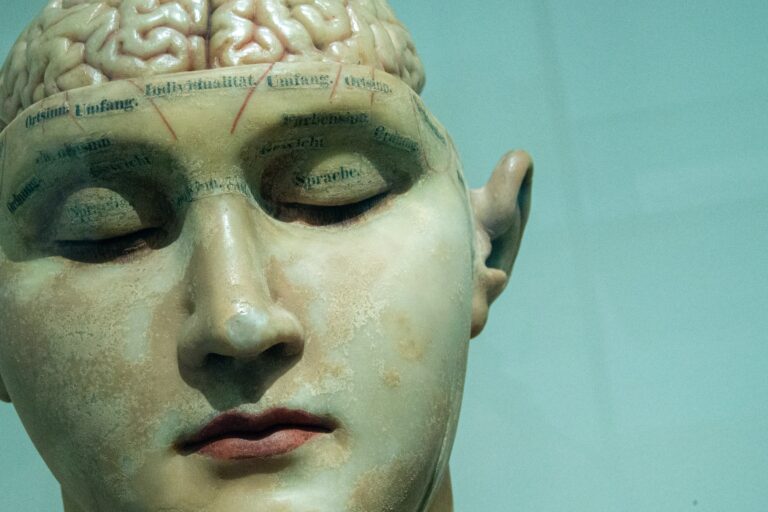
Why does all of this matter? The unfortunate truth is that each of us will experience plenty of mental pain, misery, and frustration in our lifetimes. Mistaking the voice in our head for a thing and labeling it “me” bring us into conflict with the neuropsychological evidence that shows there is no such thing. This mistake—this illusory sense of self—is the primary cause of our mental suffering.
To be clear, mental suffering is different from physical pain. Pain occurs in the body and is a physical reaction—like when you stub your toe or break an arm. The suffering I speak of occurs in the mind only and describes things such as worry, anger, anxiety, regret, jealousy, shame, and a host of other negative mental states.
I know it’s a big claim to say that all of these kinds of suffering are the result of a fictitious sense of self. For now, the essence of this idea is captured brilliantly by Taoist philosopher and author Wei Wu Wei when he writes, “Why are you unhappy? Because 99.9 percent of everything you think, and of everything you do, is for yourself—and there isn’t one.”
The Gazzaniga Experiments
In the 1960s, Dr. Michael Gazzaniga was a part of a group that performed some of the most interesting and experimental brain surgeries in history. Not only did these experiments reveal how the left and right sides of the brain are responsible for different functions, they also inadvertently laid the groundwork for the idea that the self doesn’t exist in the way that we think it does. Gazzaniga himself would be blunter about the topic later, as he began his 1998 book The Left-Brain Interpreter, with a chapter titled “The Fictional Self.”
His is a strong indictment of something we take for granted. Considering that the self might be fictional might feel like our distant ancestors first hearing that the Earth was not flat. Both claims seem to defy our very experience. But the idea that the self is fictional is not new—the Buddha said it over 2,500 years ago, and it can be found in the Tao Te Ching, the foundational text of Taoism, also written over two and a half millennia ago, as well as in the writings of certain schools of Hinduism, Advaita Vedanta being one of them.
Is it possible that neuroscience and psychology, through the work of Gazzaniga and others, have now unwittingly proven what these Eastern philosophical traditions stated centuries ago?
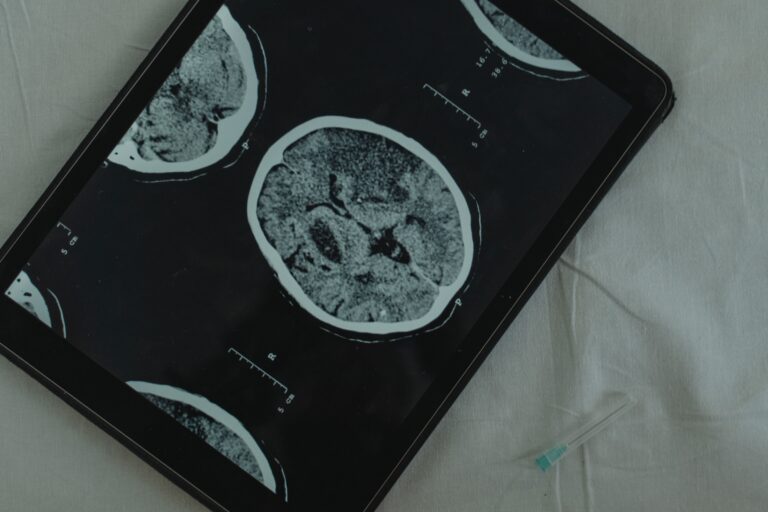
The most interesting aspect of the brain is also one of the most obvious: the brain has two mirror halves connected by a large set of fibers called the corpus callosum. In research undertaken to try to mitigate severe epilepsy, Doctors Roger Sperry and Michael Gazzaniga believed that by cutting this bridge between the two sides of the brain, seizures would be easier to control. They were correct, and Sperry would win the Nobel Prize in 1981 for this work.
While each side of the brain is specialized to do certain types of tasks, both sides are usually in continuous communication. When this connection was disrupted, however, it became possible to study the job of each side of the brain in isolation. With the sides disconnected in these epileptic patients, scientists could test each on its own and gain insight into the functional differences between the left and right sides of the brain. These patients were referred to as “split-brain” patients.
To understand this research, it is also important to know that the body is cross-wired: that is, all the input and output from the right half of the body crosses over and is processed by the left brain, and vice versa. This crossover is also true for vision, so that the left half of what we see goes to the right side of the brain, and vice versa. Again, this only became obvious in the split-brain patients. Research with these subjects led to one of the most important discoveries about the left side of the brain—one that has yet to be fully appreciated by modern psychology or the general public.
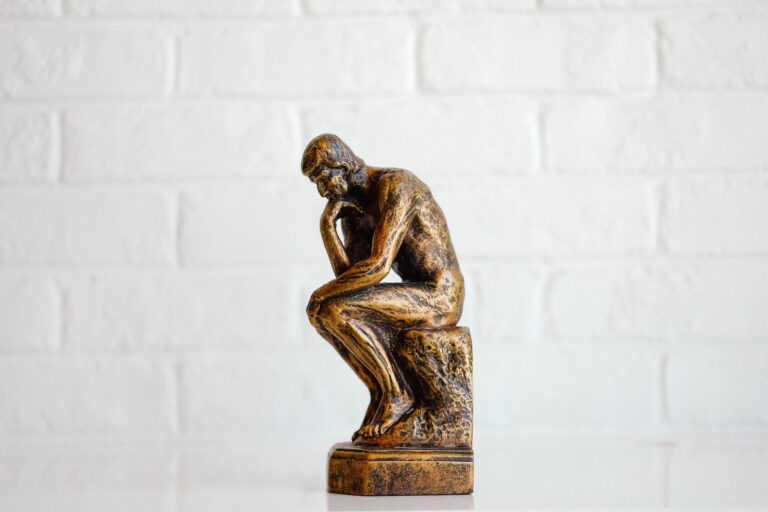
In one of Gazzaniga’s experiments, researchers presented the word walk to a patient’s right brain only. The patient immediately responded to the request and stood up and started to leave the van in which the testing was taking place. When the patient’s left brain, which is responsible for language, was asked why he got up to walk, the interpreter came up with a plausible but completely incorrect explanation: “I’m going into the house to get a Coke.” In another exercise, the word laugh was presented to the right brain and the patient complied. When asked why she was laughing, her left brain responded by cracking a joke: “You guys come up and test us each month. What a way to make a living!” Remember, the correct answer here would have been, “I laughed because you asked me to.”
Gazzaniga determined that the left side of the brain creates explanations and reasons to help make sense of what is going on around us. The left brain acts as an “interpreter” for reality. Furthermore, Gazzaniga found that this interpreter is often completely and totally wrong. This finding should have rocked the world, but most people haven’t even heard of it.
Think about the significance of this for a moment. The left brain was simply making up interpretations, or stories, for events that were happening in a way that made sense to that side of the brain, or as if it had directed the action. Neither of these explanations was true, but that was unimportant to the interpretive mind, which was convinced that its explanations were the correct ones.
Over the last forty years, several additional studies have shown that the left side of the brain excels at creating an explanation for what’s going on, even if it isn’t correct, even in people with normal brain functioning. The truth is that your left brain has been interpreting reality for you your whole life, and if you are like most people, you have never understood the full implications of this.
For instance, I have a friend who thought she was having trouble at work with her coworkers. She witnessed them huddled in the corner whispering to one another, and her left brain surmised a pattern, namely that they were plotting against her. She experienced a wave of sadness, fear, anxiety, and so on, and she spent the next several days agonizing over it. Later she found out they were planning a surprise birthday party for her instead.
Most of us live our lives under the direction of the interpreter, and that makes the mind our master and we are not even aware of this. We may become angry, offended, sexually aroused, happy, or fearful, and we do not question the authenticity of these thoughts and experiences. While it is clear that these experiences are happening to us, we somehow retain the idea that we are still in charge of it all.

The big difference between the Eastern spiritual traditions and psychology is that the former has recognized this experientially and the latter did so experimentally (and accidentally, for that matter). And in my view, this means that those who study and teach psychology are still largely unable to appreciate what it means to experience the interpreter as a fiction.
Perhaps this explains why the world of psychology has paid so little attention to the implications of Gazzaniga’s findings.
The importance of these experiments may be easy to ignore cognitively, but understanding and experiencing the profound ramifications of this work can radically change your life. I say this because even though the left-brain interpreter is always on and cannot be turned off, once it is recognized—or that is to say, once we become aware of its constant interpretations—a new awareness of ourselves and the world begins. Instead of being so identified with the “me” in our heads, we find ourselves noticing things like “that’s my left-brain interpreter telling stories.” When the stories it creates don’t evoke as strong a mental or emotional reaction, our suffering lessens as a result.
We do not yet understand the full implication of these studies or their impact on Western ideas of what it means to be human. This book aims to dive into that process by examining those studies, weighing their significance, and understanding what they ask of us. If the self that you think you know is not real, this begs the question, what are we then? In my view, what we are is something I call “clear consciousness,” and my books offer exercises and practices to help prove this idea, and also help you to experience the eternal, expansive consciousness that is always available to us.
Exercise: What’s the Next Number?
What is the next number in this sequence?
2, 4, 6, __ ?
Did you just hear the answer eight, as if from nowhere? Your mind created a theory (the pattern is increasing by two each time) and simply assumed it to be correct. How do you know it’s correct if you are only looking to prove it’s correct? Perhaps the answer is 4 . . . and then 2, as in 2, 4, 6, 4, 2? Perhaps the pattern is 2, 4, 6, 1,000, and the rule is simply that the next number must be larger than the previous one. Notice that when the mind has an idea, it yells out what it believes is a certain answer and then looks for evidence to confirm it. This is what Gazzaniga noticed in his experiments with split-brain patients—the left brain spits out its interpretation based on limited facts, and then believes it without question.
It takes almost no cognitive energy for the left brain to come up with a “right” answer, or a plausible one, and then confirm it. This is often the case with the left brain. Notice as we do each of the following exercises that the answer will often just pop up in your awareness without any effort on your part. In this case, the answer probably came in language form—the word eight. Other times, it may come as a picture, or even an emotion or body sensation.
Practice: The “Don’t Know” Mind
Perhaps you’ve heard of the Zen practice called the “don’t know” mind. A simple way to get to this “don’t know” mind is to consider a question that is impossible to answer, such as this famous example: What is the sound of one hand clapping?
Even as we try to think about this riddle, we can’t stop the thinking mind from making automatic assumptions, judgments, and interpretations. However, sitting in the discomfort of a question that has no answer, we can begin to distance ourselves from our own mind. That distance can take the form of bringing in a little bit of uncertainty in the left brain.
If you’re having trouble getting started with this practice, you might try asking yourself some more existential questions, which are harder for the mind to answer on autopilot. Ask yourself, Where do we come from? Or, What happens when we die? These questions are designed to help you get to the “don’t know” mind, a place of immediacy in the present moment, where you are no longer depending on the commentary for ready answers.
This can be a very uncomfortable position for the left brain. It may even start screaming at you. If you can, calmly remind yourself that you’re not in any danger. Remember to breathe. As you get more comfortable with not knowing, you can apply this practice to the worries that arise in your mind. For example, when you hear the mind say, I’m worried that XYZ might happen, you can remind yourself that this mind doesn’t know what will happen.
When we open ourselves to not knowing, we begin to experience the world in the present moment as it is, rather than how we are judging or expecting it to be. This can be a subtle difference at first, but it can offer a glimpse beyond the suffering caused by the left brain. When we rest in not knowing, we begin to marvel at the sensations occurring in the moment.
Taken to its extreme, this sense of presence can bring us close to a kind of exquisite existence, in which we are tuned into the greatest of mysteries with every sound, every touch, and every taste. Each experience has the potential to evoke an epiphany of the greatest magnitude. When the mind doesn’t know, we can fully appreciate things that most people don’t even notice, because they already “know” what the experience is like. You may think living this way is reserved for a few select mystics, saints, or poets, but it’s not. You can live there too.
Order both No Self, No Problem: How Neuropsychlogy is Catching Up to Buddhism,
plus the new follow up book,
The No Self, No Problem Workbook: Exercises and Practices from Neuropsychology & Buddhism to Help You Lose Your Mind below!
